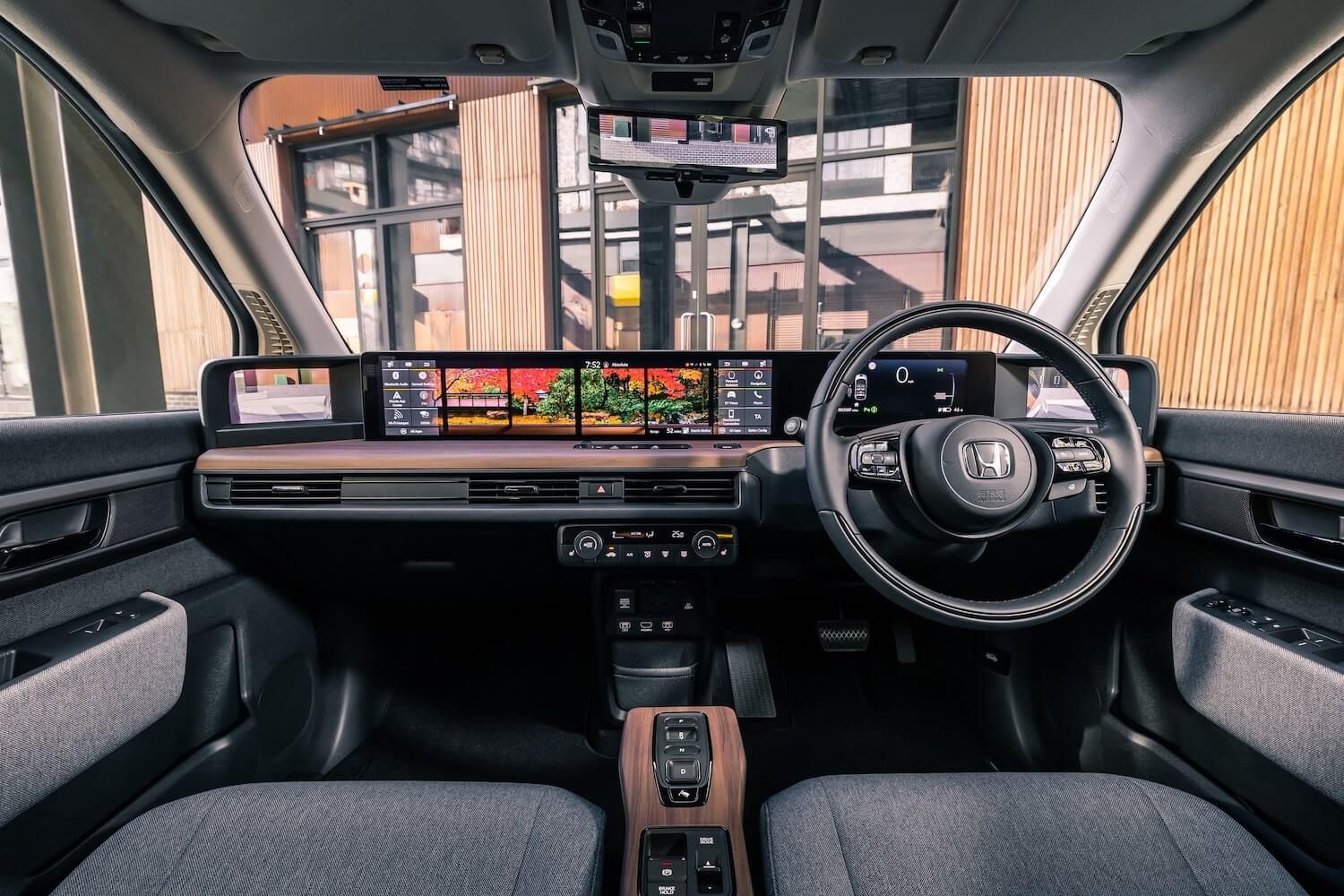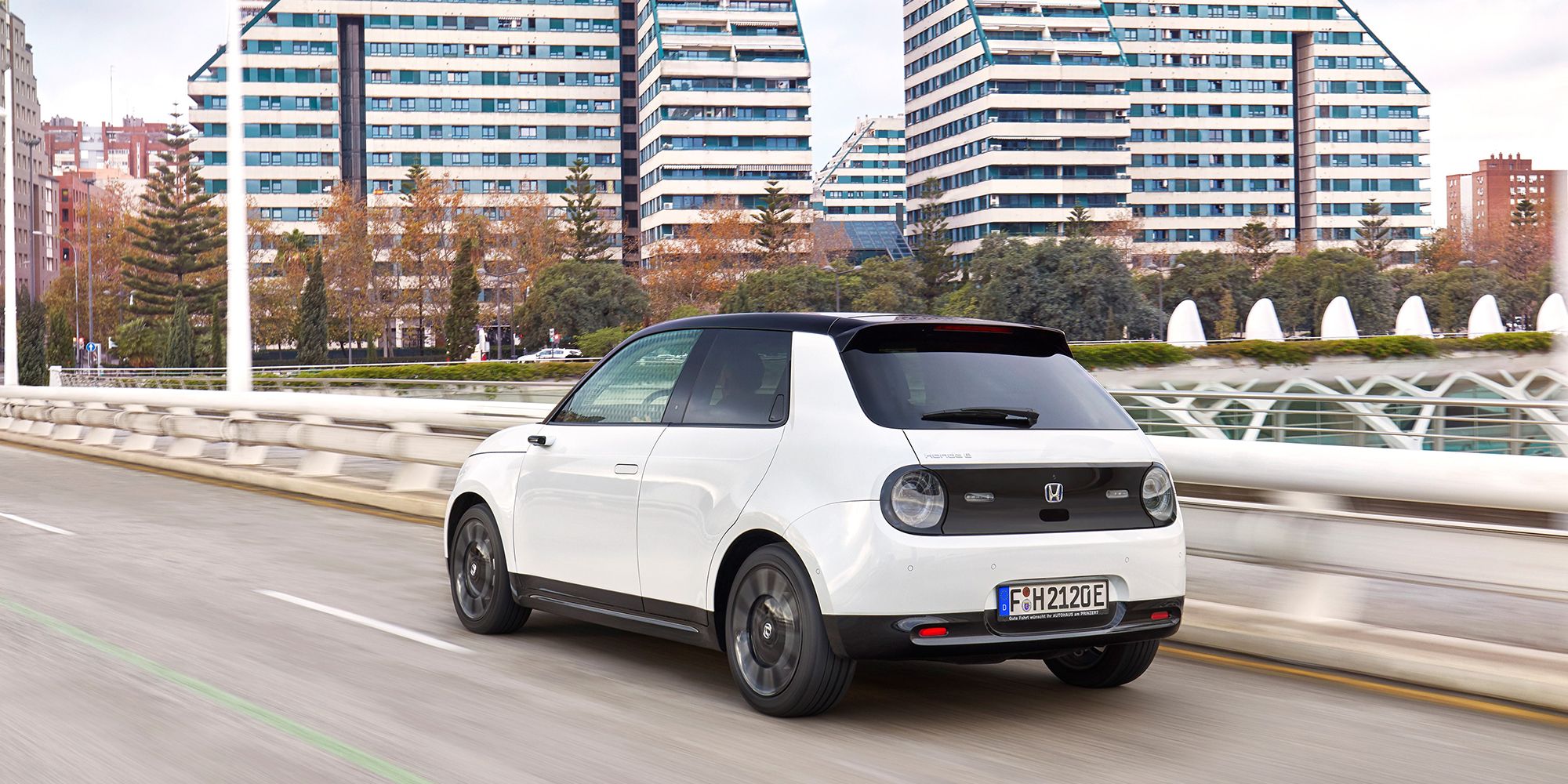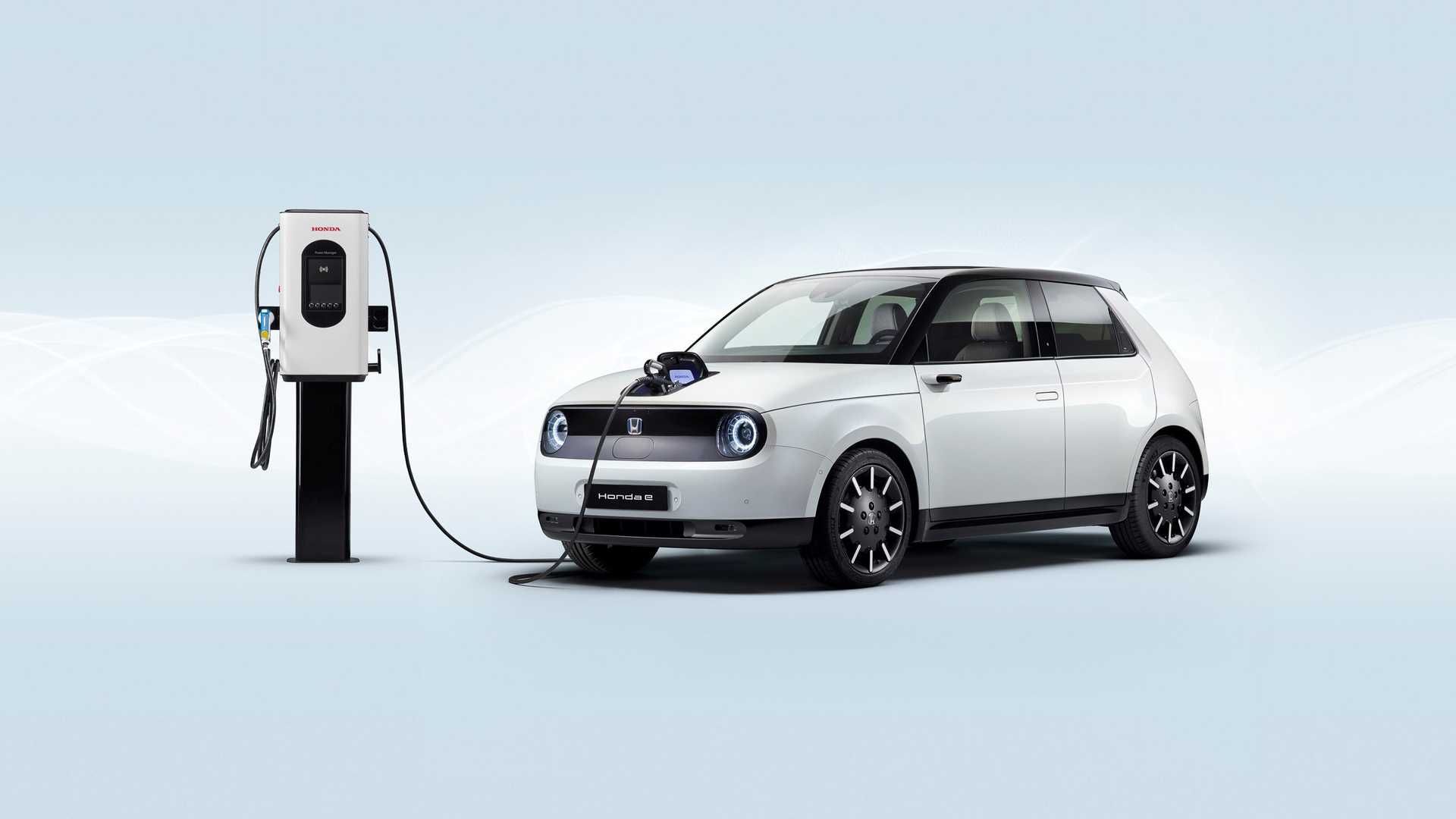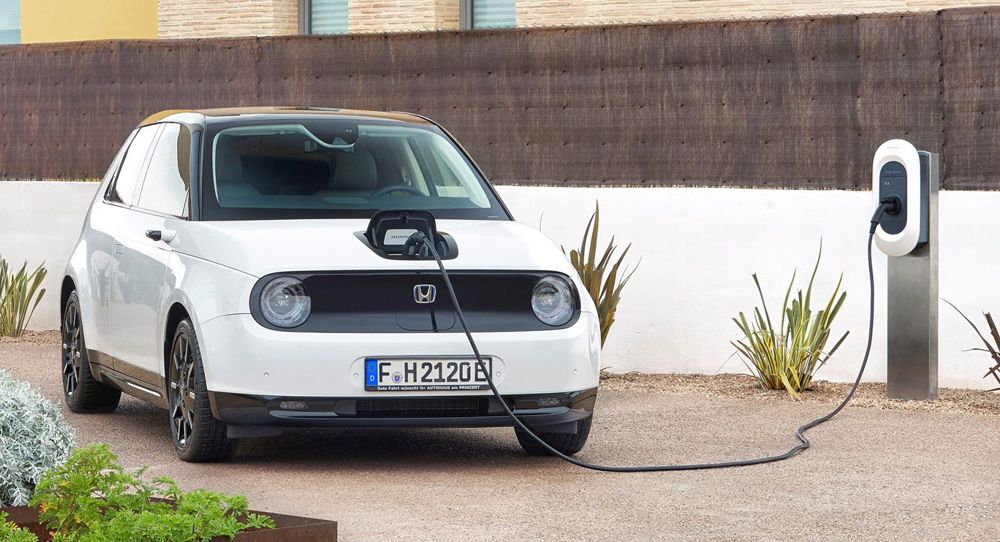Stylized as the Honda ‘e’, the small EV from the big manufacturer arrived on the scene around 2020 to much anticipation, and rightly so – this was Honda’s electric hero, the product of its efforts to secure a place in a new growing industry where competition was fierce.
Although EVs have been around since the middle of the 90s, they were few and far between.
In 2020, the Honda-e found itself competing with various manufacturers offering capable electric vehicles, like Kia, Mini, Peugeot, Tesla, and Nissan.
Now the playing field is becoming – to use an apt cliché - even more crowded.
What does Honda’s 'e' now look like as a used or new purchase when there are many alternatives offering a plethora of different cars at various price points?
The Honda-e Is A Great EV With Interesting Tech
At its launch, the Honda-e drew pretty heavily design-wise from the 2017 International Motor Show Germany concept from 2017, the ‘Urban EV Concept’, and was retro and cute.
While the concept had huge wheels filling its oversized arches, the real ‘e’ had smaller wheels (up to 17”) and no suicide doors, but it did keep the Honda Civic-inspired design.
Round headlights in a long rectangle grille at the front with the supermini hatchback meant that it looked more retro than futuristic until you notice the LEDs and light-up badge – there are also cameras for side mirrors and flush door handles.
Inside, however, the interior is completely fresh and dispels any notion of Civic heritage – it’s finished in a minimalist-yet cozy combination of wood panels and rugged sofa-like fabrics akin to an Ikea-supplied lounge.
Buttons are kept to a minimum and up top, the dashboard is built from a wide array of screens – two 6” screens for those side mirrors, two 12.3” screens for the central dashboard, and a 9” display for the driver’s instrument panel.
Honda’s E Falls Short Of The Competition In A Key Area
This car isn’t available in the US, for one reason which sticks out pretty badly; it has a small 35kWh battery with an official range of just over 135 miles.
That range will go down even more in cold weather, under heavy load, or indeed a heavy driver’s foot, but it was a design choice that Honda stuck with defiantly.
The thinking went, that with a small (and relatively light) battery, rear-engine, and rear-wheel drive, it would maneuver well in town and be lightweight thus needing less power to move its own mass.
Many urban commuters and people who use small city cars would be well-serviced with a 137-mile range, Honda thought – and they could be right, but this limits the car’s appeal somewhat as an EV for people trading in their old car.
Even with government incentives, EVs are expensive and for some, Teslas and EQSs are out of range, so despite the Honda-e offering what seems like an intriguing package for less money than a flagship BEV, it won’t have enough range to conquer the dreaded ‘range anxiety', even if most people don’t need more than 130 miles to a charge.
Honda’s E Is A Great Car For The City And Suburbs
Whilst the car won’t appeal to a certain kind of customer, its formula will still suit a lot more.
In town and city, its small, nimble construction means it will be easy to park, and it will accelerate more than adequately at lower speeds.
Its quick charging battery (now an industry standard) can be replenished up to 80% in 30 minutes, so range isn't a problem for people with access to nightly charging.
With cars like the Nissan Leaf in 2022 weighing on average 150 lbs more and capable of 150 EPA-rated miles, the Honda looks competitive.
It doesn’t compete with the Ioniq 5 from Hyundai, though. That car offers a 58 kWh battery (60% bigger than the Honda-e’s) that will do an official 200-240 miles.
That’s an increase in range of 45-75%, even though it weighs 4,000 lbs.
The Honda-e is not a cheap car, costing around 40,000 equivalent dollars in Europe, and with the Ioniq 5 coming in at around 50,000, it’s arguably little more for the range on offer.
The Best City EV Is The Honda E
So, while it seems you can debunk the baby Honda’s promises and appeal, it’s not actually so simple.
The exterior styling stands up two years later, even in the face of competition from Mini, Tesla, Kia, Hyundai, and many more including French manufacturers like Peugeot with its e-208.
Inside, the interior is still surprising for the perceived quality and design on offer, the Honda-e’s cabin is more original than many other cars, especially at this price point.
Those screens across the whole dashboard are very impressive, as is the inclusion of digital side mirrors.
It did and still does have a specific set of skills then, like Liam Neeson, only in a smaller and cuter package.
If your driving is limited to the city except for the odd occasion where you need to go further afield, this car will be smaller, nimbler, and more stylish than a lot of other cars, not to mention cheaper than a lot of EVs.
If you live in the US, you could try the Mini Cooper SE EV – from just $29,000 you get a compact, stylish, and most importantly – premium-feeling – city car with up to around 145 miles range from its 180 hp / 199 lb-ft motor; more than 20 lb-ft down on the Honda-e but adequate.
But the ‘E’ is still an interesting car in 2022, if you are in a market that offers it, and you are ok with up to 137 miles range, it probably fulfills most of your requirements.
In the end, though, a lot of people who buy the Honda-e buy it for the following reason: they want a Honda-e.

.jpg)



